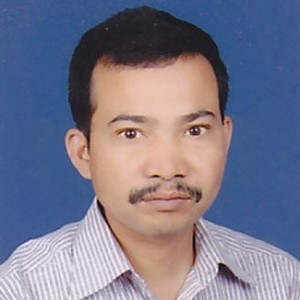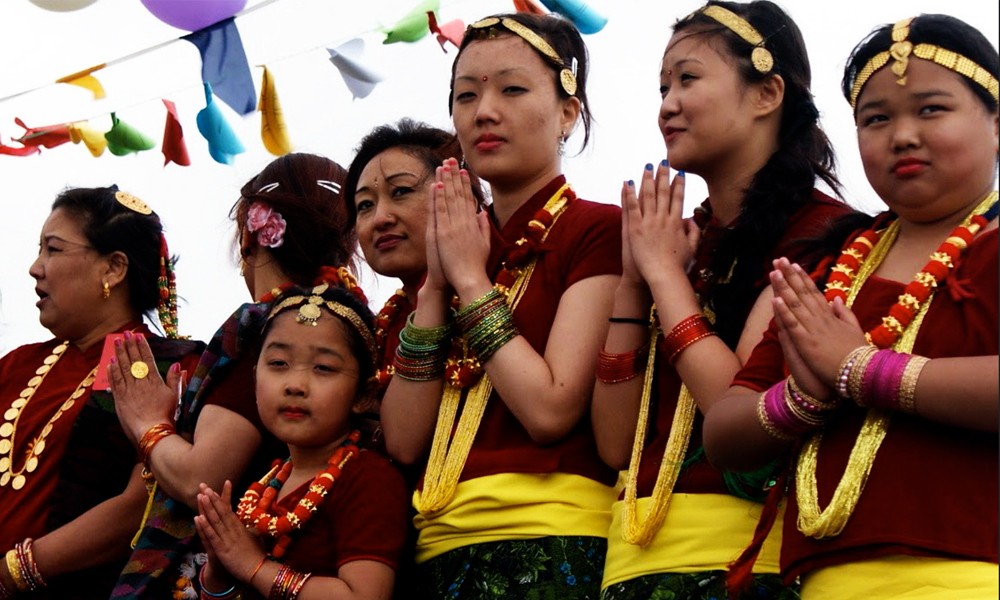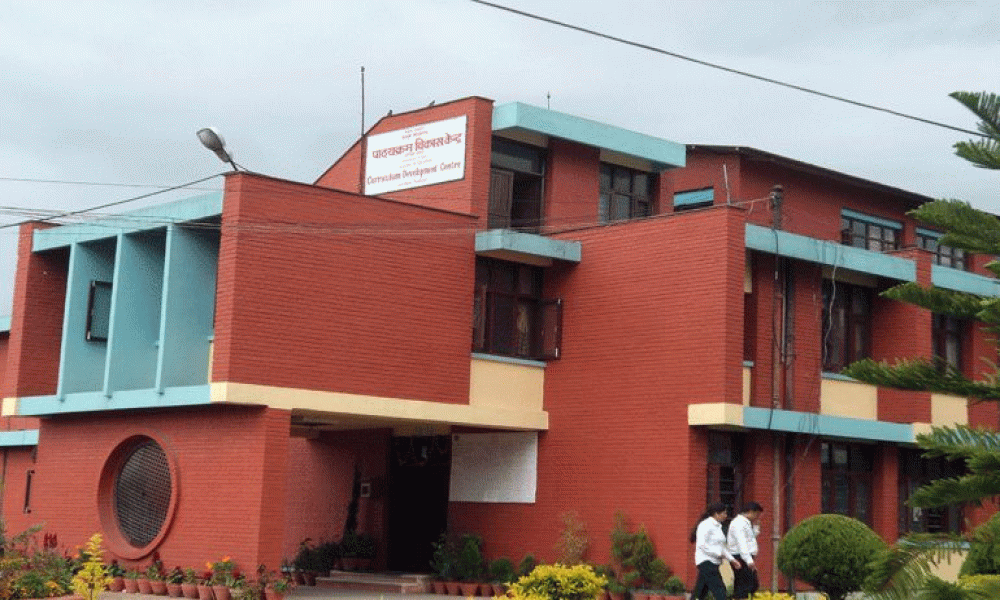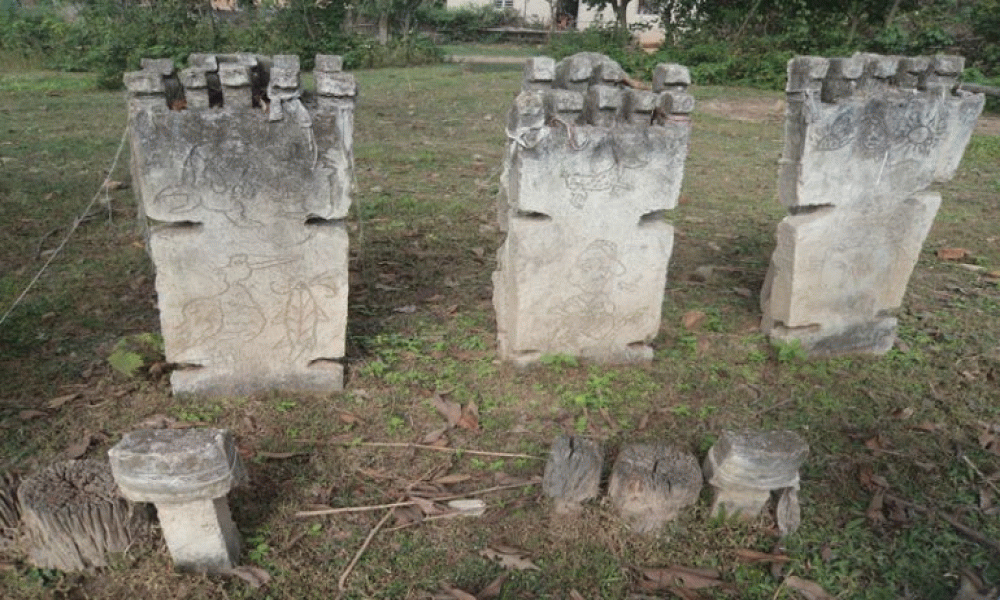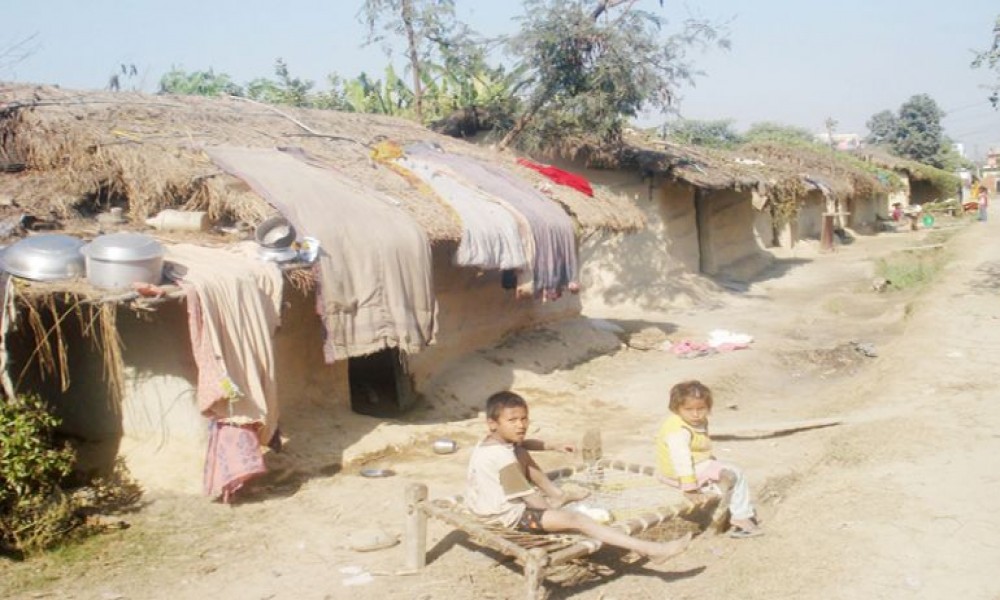One year has passed since the Tharuhat agitation, which shook the whole country in the weeks before promulgation of the Constitution in September 2015. On 12 August last year, the indigenous Tharu people had launched a strike in the mid-western and far-western plains of the country, demanding an autonomous Tharuhat province within federal Nepal. Their agitation quickly gained momentum, but also subsided very soon.
Why did the Tharuhat movement die down?
What happened in Tikapur of Kailali on 24 August 2015 was the single largest reason why the Tikapur movement died down suddenly. That day, seven policemen and one child were killed in a violent clash between police and Tharu protesters.
After the Kailali carnage, the Tharu community was demonised, and all Tharus were looked down upon as murderers. Tharus are still living with that stigma. Nevertheless, those who led the agitation have not tried to fight the stigma plaguing the whole community. Tharu Kalyankarini Sabha had led the agitation, and its Coordinator Dhani Ram Chaudhary is still semi-underground. He is a government engineer, but does not go to work. But he is drawing salary regularly.
After the Kailali carnage, the Tharu community was demonised, and all Tharus were looked down upon as murderers. Tharus are still living with that stigma. Nevertheless, those who led the agitation have not tried to fight the stigma plaguing the whole community.
In an interview with BBC Nepali, Chaudhary put the blame on the imposters for the Kailalai carnage, which discouraged the Tharus fighting for their rights. The next day, their houses were ransacked and put on fire. As many as 87 Tharu families lost property worth Rs 140 million in vandalism and arson attacks carried out against them. But the Tharu leaders remained silent.
Those who provoked the Tharus became ministers. Those who fought on the ground are in jail. Had they spoken up against harassment of the community in the wake of that tragedy, the Tharus would have been able to live peacefully. One year after the tragedy, Kailali is quiet, but social harmony is yet to be rebuilt.
Weakness of the leadership
Madhesi Janadhikar Forum (Democratic) leader Ramjanam Chaudhary, who also hails from Kailali, became Health Minister in the KP Oli government after the Constitution. He was one of the leaders behind the Tharuhat movement. He had gained political leverage because of the Tharuhat movement. But after entering Singha Darbar, he showed no concerns or sympathy for those who were in jail on the charges of murdering policemen.
The leadership did not review their actions. Nor did they debate the next moves. As a result, a movement which was necessary for the Tharus to have an autonomous state died.
The leadership did not review their actions. Nor did they debate the next moves. As a result, a movement which was necessary for the Tharus to have an autonomous state died.
Lawyers' Association of Human Rights of Nepal's Indigenous People (LAHURNIP) recently organised a program to review the Tharuhat movement. Tharu leaders belonging to various political parties, who were present there, assured that the Tharu prisoners would be released before this year's Dashain fesetival. But no one trusted them. Unless the leadership corrects itself, and works for a larger goal rather than fulfilling their personal interests, the Tharuhat movement will not succeed.


